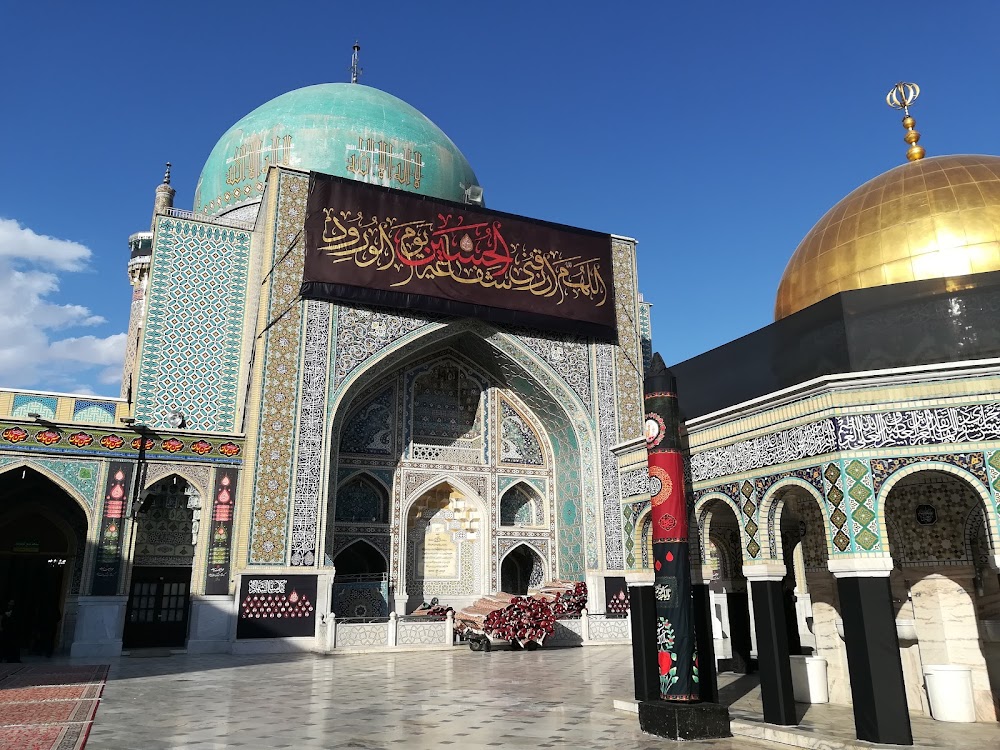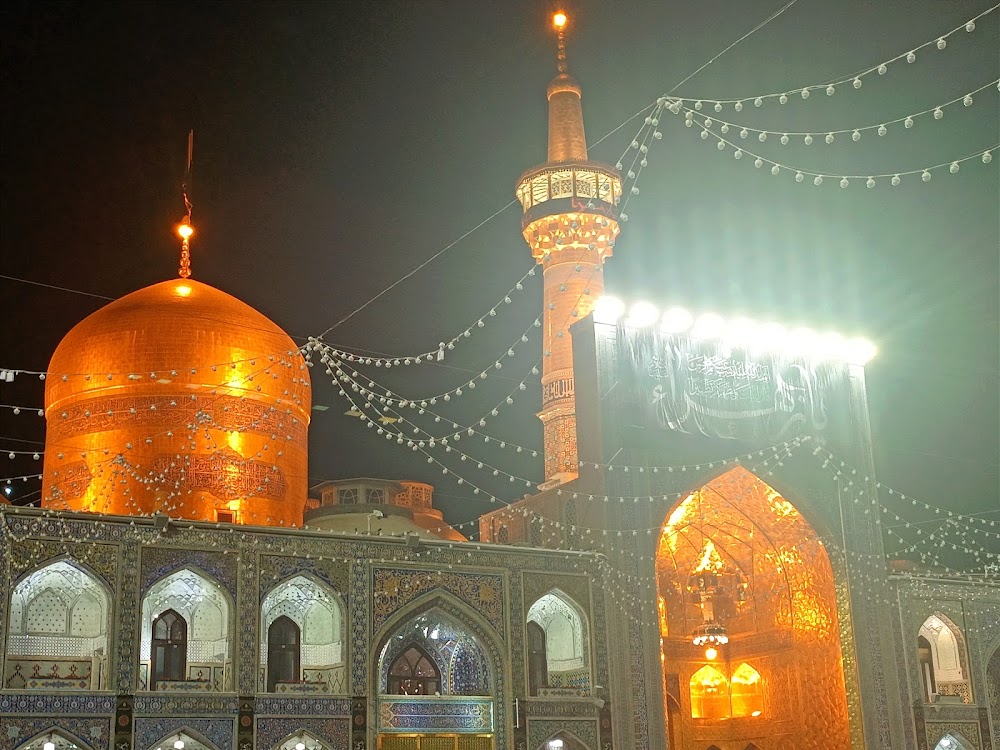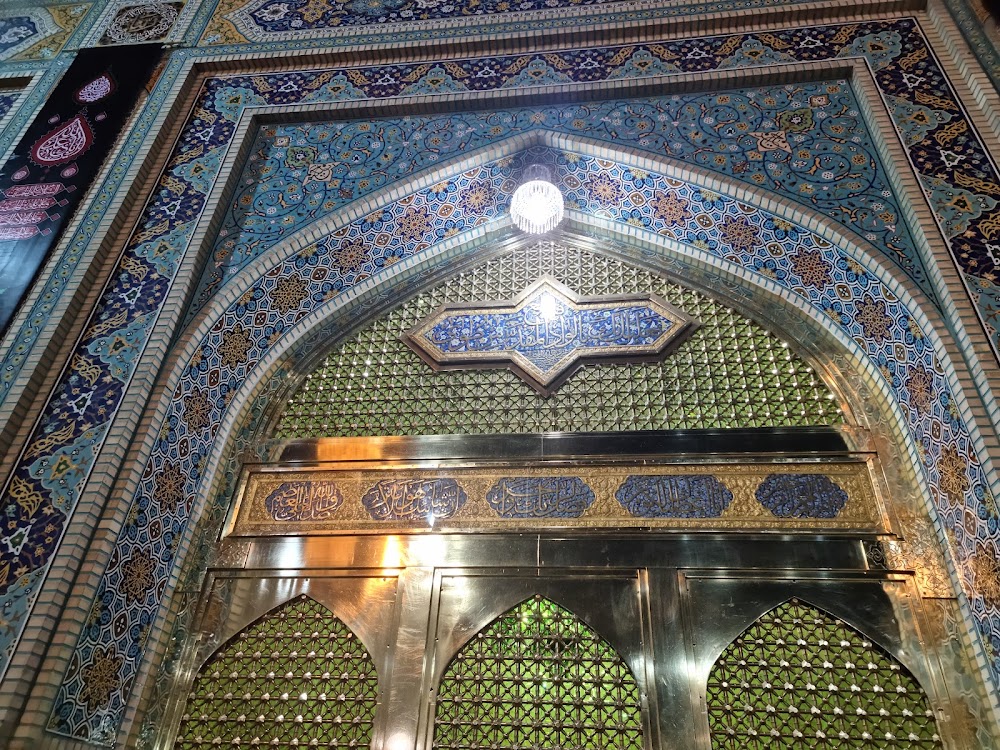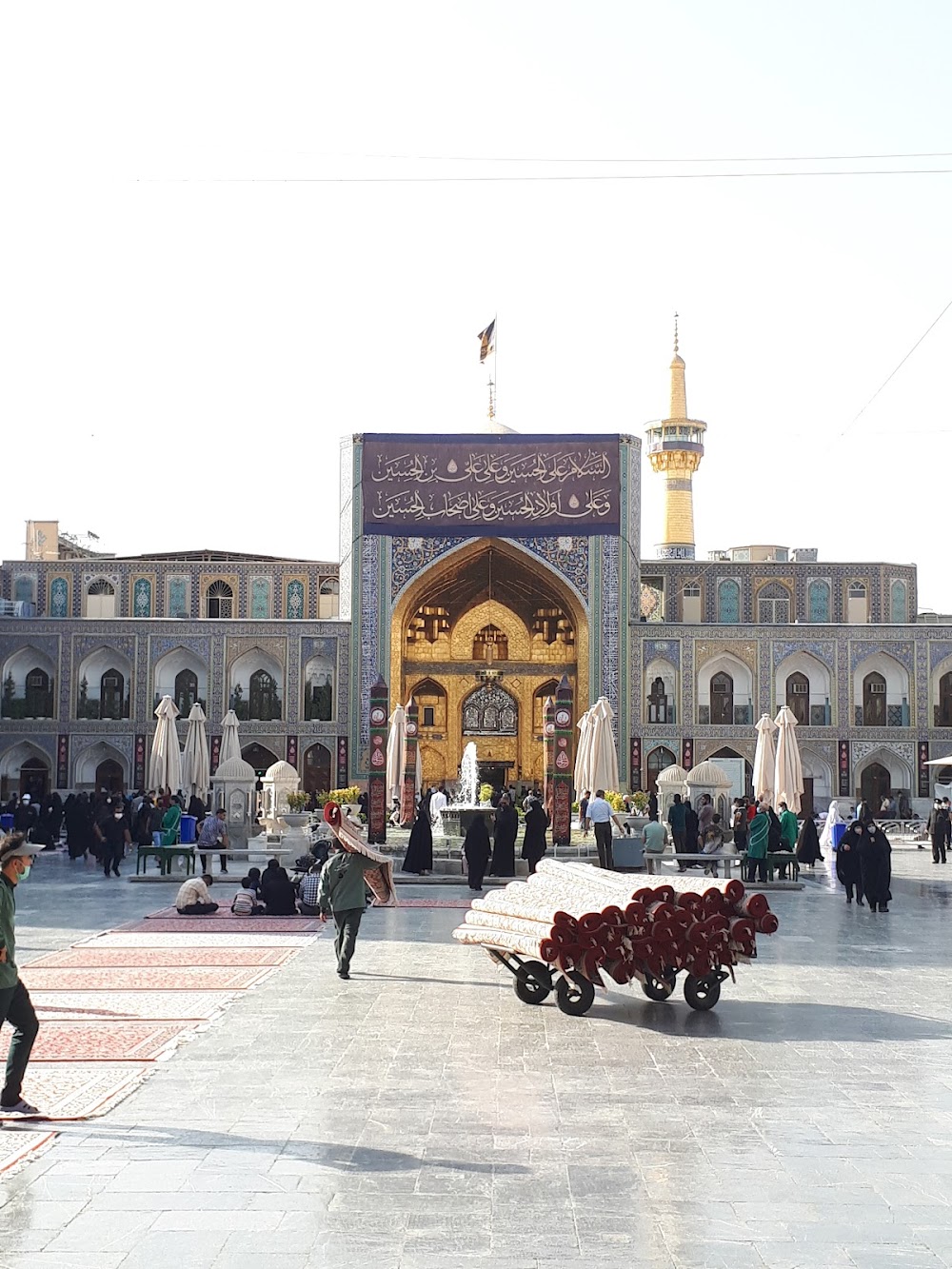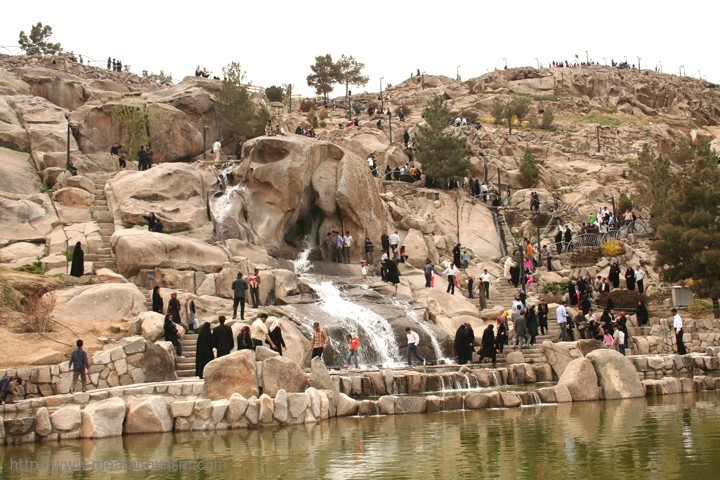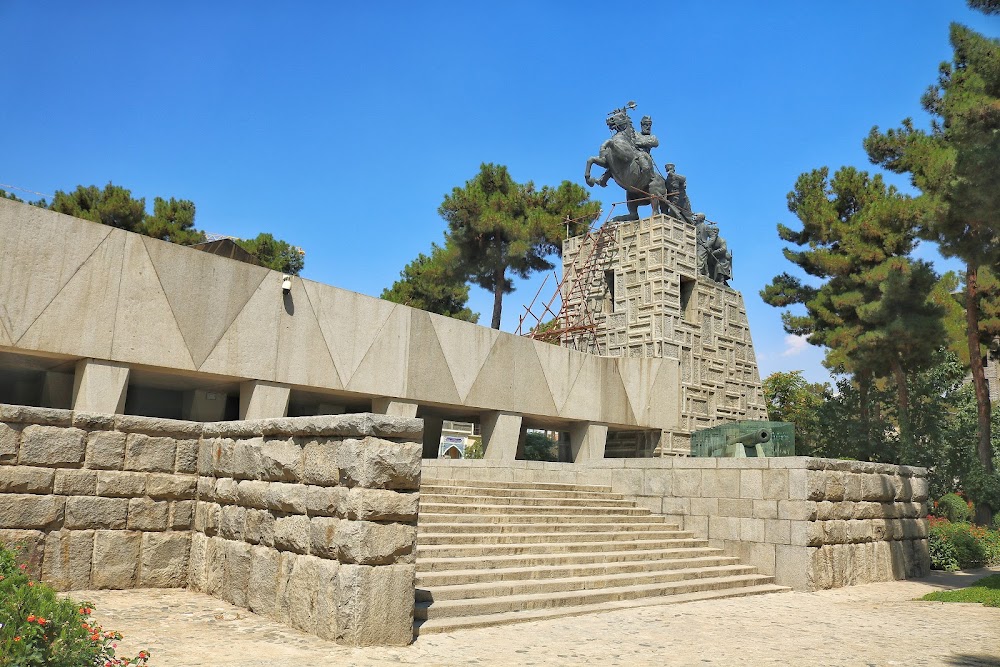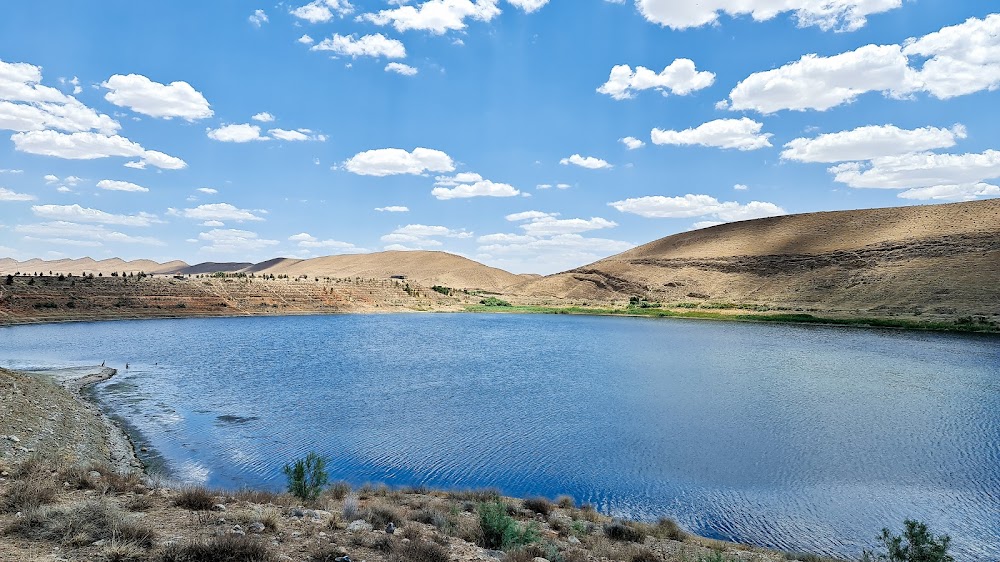Imam Reza Shrine (حرم امام رضا)
Overview
The Imam Reza Shrine, located in the vibrant city of Mashhad in Razavi Khorasan Province, Iran, is a magnificent holy site revered by millions of Shia Muslims around the world. This sacred mausoleum is the final resting place of Imam Reza, the eighth Shia Imam, whose legacy holds a profound significance in Islamic history.
The story of the shrine traces back to Imam Reza's life. Born in 766 AD, he was known for his exceptional wisdom, compassion, and unwavering devotion to Islam. In 817 AD, he was invited to Merv, in present-day Turkmenistan, by the Abbasid Caliph Ma'mun. Tragically, due to the political turmoil of the time, Imam Reza was allegedly poisoned and passed away in 818 AD. His body was brought to Sanabad, near Mashhad, where he was laid to rest. This site eventually became known as Mashhad al-Ridha, meaning "the place of martyrdom of Reza."
Following his death, the construction of the shrine began, initially as a modest structure. Over the centuries, various Muslim rulers expanded and embellished the mausoleum, enhancing its spiritual significance. By the 10th century, the Samanid dynasty had erected a dome over Imam Reza’s grave, transforming it into a focal point for pilgrims seeking solace and spiritual connection.
In the 13th and 14th centuries, despite the devastation caused by the Mongol invasions, the shrine of Imam Reza remained a sanctuary, preserved as a place of worship. The Ilkhanid rulers, who converted to Islam, took significant steps to restore and expand the shrine, ensuring its continued relevance in the Islamic world.
The Timurid dynasty (1370-1506) further enhanced the shrine's splendor. They introduced intricate tile work, stunning minarets, and lavish decorations, turning the shrine into an architectural masterpiece. Sultan Husayn Bayqara, a notable Timurid ruler, commissioned talented artisans to contribute to the shrine's decor, making it one of the finest examples of Timurid art and architecture.
The Safavid dynasty (1501-1736) also played a crucial role in the shrine's evolution. Under the guidance of Shah Abbas I, extensive renovations were undertaken, alongside increased financial support for its maintenance. The Safavids, strong advocates of Shia Islam, elevated the shrine’s prominence, adding structures like libraries, madrasas (religious schools), and prayer halls, thus transforming it into a center of worship and education.
Continuing into the Qajar dynasty (1789-1925), the shrine saw further enhancements in both structural integrity and artistic value. Restoration projects were initiated to expand the complex, accommodating the growing number of pilgrims. The iconic golden dome, now one of the shrine's most recognizable features, underwent significant renovations during this period.
In contemporary times, the shrine complex has expanded to include a plethora of facilities for the millions of pilgrims who visit each year. It now boasts vast courtyards, accommodations, museums, libraries, and even a hospital. The architecture is adorned with intricate tile work, stunning mirror mosaics, and gold and silver embellishments, leaving visitors in awe of its beauty.
The Imam Reza Shrine is not merely an architectural marvel; it stands as a living testament to the devotion and respect Muslims hold for Imam Reza. It serves as a hub for religious gatherings, cultural activities, and social services, embodying the enduring legacy of Imam Reza's teachings on compassion, knowledge, and piety.
Today, the shrine is managed by the Astan Quds Razavi organization, which oversees its maintenance and administration, along with charitable activities designed to serve the needs of the local and broader Muslim community.
Ultimately, the Imam Reza Shrine is a symbol of faith, history, and culture, intricately woven into the fabric of Iranian identity. Its exquisite beauty, rich history, and spiritual significance make it one of the most important pilgrimage sites in the world, inviting all who visit to experience its profound legacy.


